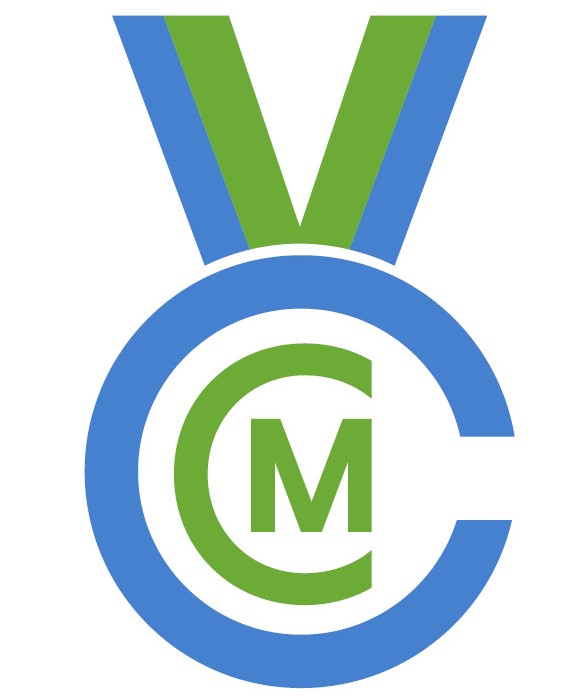"I struggle to breathe, my shoulders are sore, when I swim I feel like I'm getting nowhere!", sound familiar? The problem with swimming is that its about 90% technique, and if you've never been taught to swim then generally your technique needs work. I see a lot of people swimming that are not relaxed because they panic about breathing, and people who lose momentum because they are not using the correct swimming stroke. These factors and many more can cause our swimming to be frustrating and also waste precious energy.
So how do you correct these? Obviously the easiest way is to get swimming lessons, or join swimming sessions with a qualified coach who can help correct your stroke. However to help those of you who aren't able to do this I've listed four points below to focus on.
1. Body Balance - this is a major part of swimming and is the starting point of many stroke issues. To be balanced in the water you should have four points of contact with the surface, your head, shoulders, hips and heels. When you are swimming think of your lungs as being a buoy and you are swimming over the buoy. If your legs are dragging in the water then they act as an anchor, therefore your head is too high and needs to be lower in the water (but not completely submerged!) to raise your hips.
2. Kicking - Yes the dreaded kick! What I've noticed in most swimmers is that they kick with a scissor type action or kick with a lot of knee bending. Stop it! We point our toes and kick from our hips with a whip like action. The knee bend should be about 10 to 15 degrees, if you kick with more knee bend than this you'll be pulling water towards you and slowing down (you want to kick water away to push you forward). The best way to practice kick is vertically in deep water holding onto a kick board across your chest. Kick from the hips with a whip like action (think of how a dolphin flicks its tail), and make sure your legs are not too far apart.
3. Breathing - First thing is don't lift your head forward before turning to breathe, your hips will drop and this makes breathing more difficult. Turn your head to the side with your arm stroke and breathe into the pocket that is created by your 'bow' wave, you should be looking directly at the side of the pool when you breathe (not at the ceiling or behind you!). Most importantly breathe out in the water (blowing bubbles) and don't hold your breath and then try to breathe out and in when you turn your head to breathe. This is snatching breath and you won't get enough oxygen.
4. Arm Stroke - Once you have all of the above working then its time to start on arm stroke. There are four elements to your arm stroke, catch, pull, push and recovery. Catch happens just after the hand enters the water, pull occurs as the arm moves from a 45 to 90 degree point with the body , push occurs by your hips and recovery is when your arm is out of the water. At all times throughout the stroke your hand should be lower than your elbow.
- Catch - I encourage people not to stretch forward parallel with the surface as you enter your hand into the water, this causes the elbow to drop and immediately weakens your stroke. Instead think of pushing your hand down into the water as it enters, like an archer.
- Pull - Keep your hand deep and fingers pointing to the bottom of the pool, elbows bent.
- Push - This is the power element of the stroke and where all your focus should be, push the water behind you to drive you forward.
- Recovery - lift from the elbow and arc the hand around to re-enter the water. Above all you must be relaxed, that's way its called recovery :o)
- So you have a few things to get you thinking, my advice to you is only think of one element at a time. If you try to think of everything at once then it generally all goes wrong.
I'm taking some morning swim sessions on a Thursday at Amberley Pool, if you need help with your stroke come along and we'll get it sorted!

